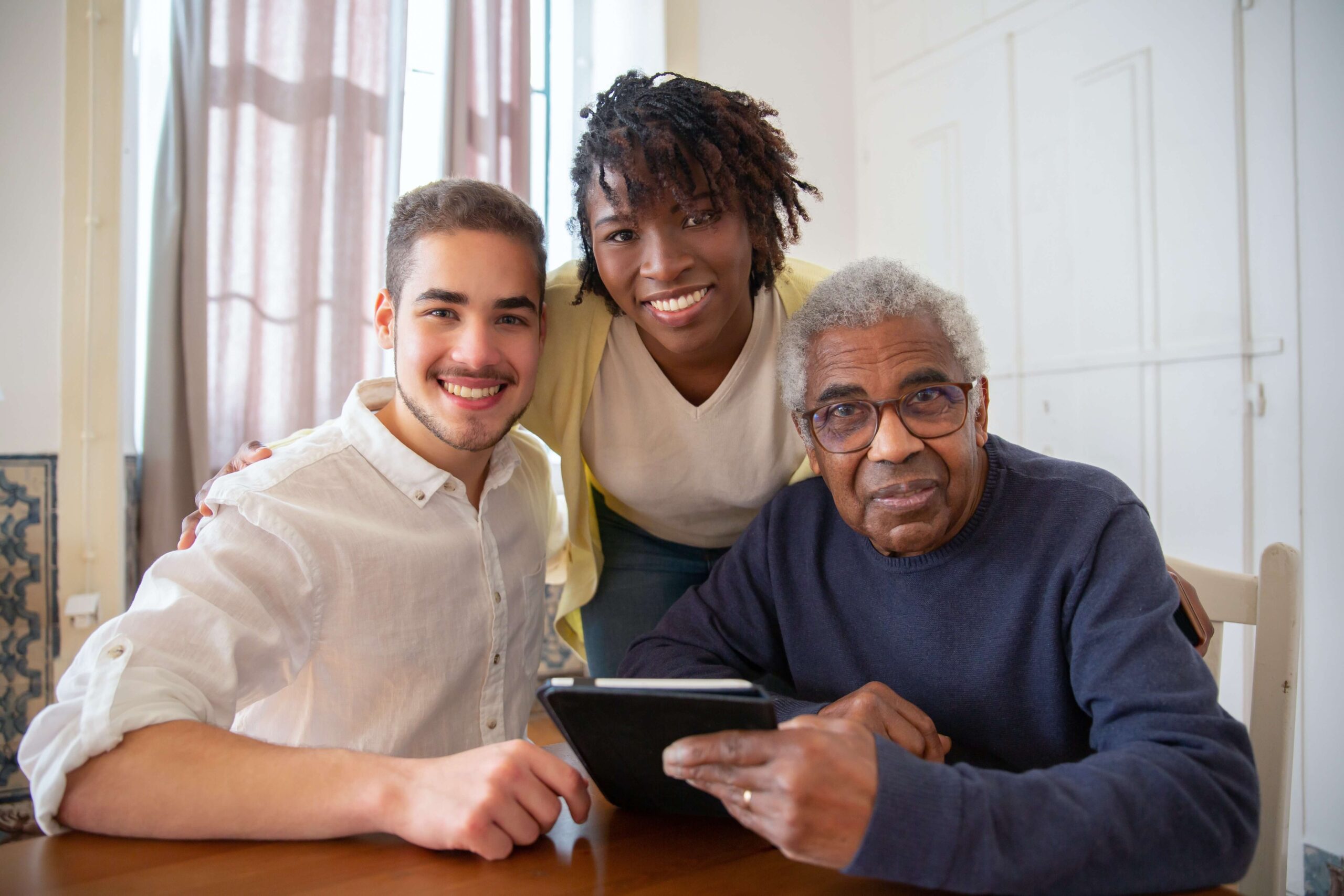
Find the resources you need by using keyword search and clicking enter or by filtering by category.
All Resources
join the community
VERIFIED businesses
Preparing a home for a caregiver
When bringing in a caregiver, you must prepare your home. Preparing your home applies wherever you live: apartment, house, or senior housing community. Bringing in a stranger as a caregiver, whether it be part-time or full-time, can bring on anxiety and a loss of privacy. Plus, there is a disruption in the household routines. Preparing your home helps alleviate these feelings while maintaining normalcy and allowing the caregiver to do their job.
How do I prepare my house for a caregiver?
- Secure all cash, credit cards, financial statements, and valuable items. Keep them locked up or somewhere secure so that no misunderstandings occur.
- Create a list of personal emergency contacts for the caregiver to call.
- Create a medical list for the caregiver. The list should include past and current medical conditions, medications, over-the-counter medicines, and any herbs, vitamins, or supplements a person takes. Finally, make sure to list any allergies. The medical list can benefit any emergency medical personnel who treat the cared person.
- Create a list of medical providers, including a person’s primary care physician, specialists, dentist, optometrist, and pharmacy provider.
- Organize supplies and other items your caregiver may need, such as cleaning products, personal hygiene, paper products, groceries, gloves, etc. Show the caregiver where things are so they can do their job while keeping your home to your style.
- Please set up a place for your caregiver to keep all the lists you provided, write home care documentation notes, hang their coat, and store their food.
- Wi-Fi is essential to most people nowadays, so share your Wi-Fi accessibility information with the caregiver.
How can I maintain my privacy?
Set up boundaries for your care team so the caregiver can do their job while respecting your privacy. If possible, set up an “off-limit” place to help maintain your family’s privacy and routine.
What are some other things to consider?
Communication is key! Please communicate your rules and expectations before a professional comes to your home. Tell the caregiver about cultural or religious considerations, preferred language, or food restrictions. Let the caregiver know where to park, which door to enter, and which restroom to use. Let the caregiver know your routines, such as what times you like to eat, if you dress before or after breakfast, walk during a specific time, and watch a particular program, including the time and channel. Do you attend church or a specific activity? If yes, let the caregiver know the day, time, and place. Communication can help the caregiver adapt to your routine. Also, welcome any questions the caregivers have. Keep the communication going. Finally, create a list of items the caregiver can do for the person, though you should run this by the agency first, if applicable. Potential items on the list:
- Cook breakfast, lunch, or dinner and do dishes
- Do laundry and put clothes away
- Wash towels and sheets weekly and put them away
- Make the bed
- Take out the trash and make sure the cans are out during the scheduled pick-up
- Help pick out clothing to wear
- Assist with shopping or develop a shopping list for needed items
- Schedule hair appointments
- Maintain a person’s nails or schedule someone to do this (podiatrist or nail salon)
- Remind the person to take medication.
- Assist with Activities of Daily Living (ADLs), such as showering, dressing, transferring, or toileting.
- Drive person to appointments
Preparing your house for a caregiver and communication are crucial elements to help make the transition successful for both the caregiver and the person receiving the care.
STAGES is a resource for families, friends, and aging adults.
top verified companies
@2024 STAGES FOR LIFE, LLC. Designed Intentionally by MOK
information
sales@stagesforlife.com
Articles
Government
verified businesses
Medical Services
Get Verified
Contact
Privacy Policy
Terms and Conditions
Downsizing
Housing and Care Services
Non-Profit
Professional Services
Medical Services
Professional Services
Non-Profit
Housing & Care Services
Government
Downsizing
Events
Newsletter